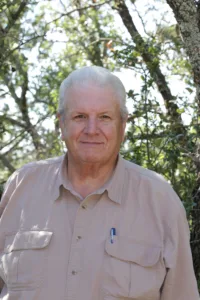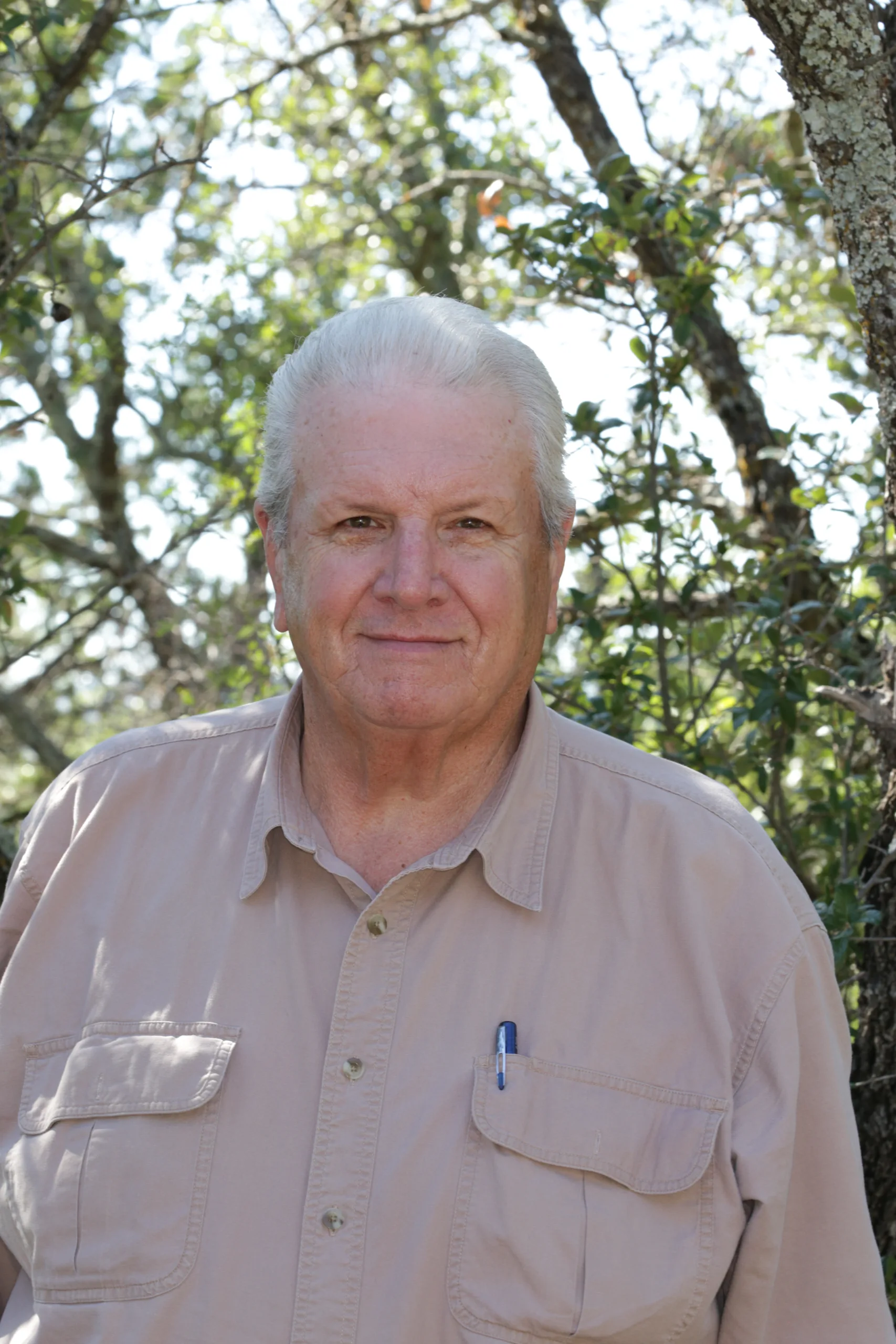One hour presentation goes into the relationships of riparian areas to the uplands that provide water to them and the importance of good land stewardship for the maintenance of healthy creeks and rivers. Several native riparian plants will be shown and their strength rating and wetland indicator rating will be discussed. Also discussed will be what goes wrong when vegetation and landform can’t support excessive amounts of water and how erosion results. Restoration will be covered and there will be a handout listing riparian plants of north central Texas, including their strength and wetland indicator ratings.



